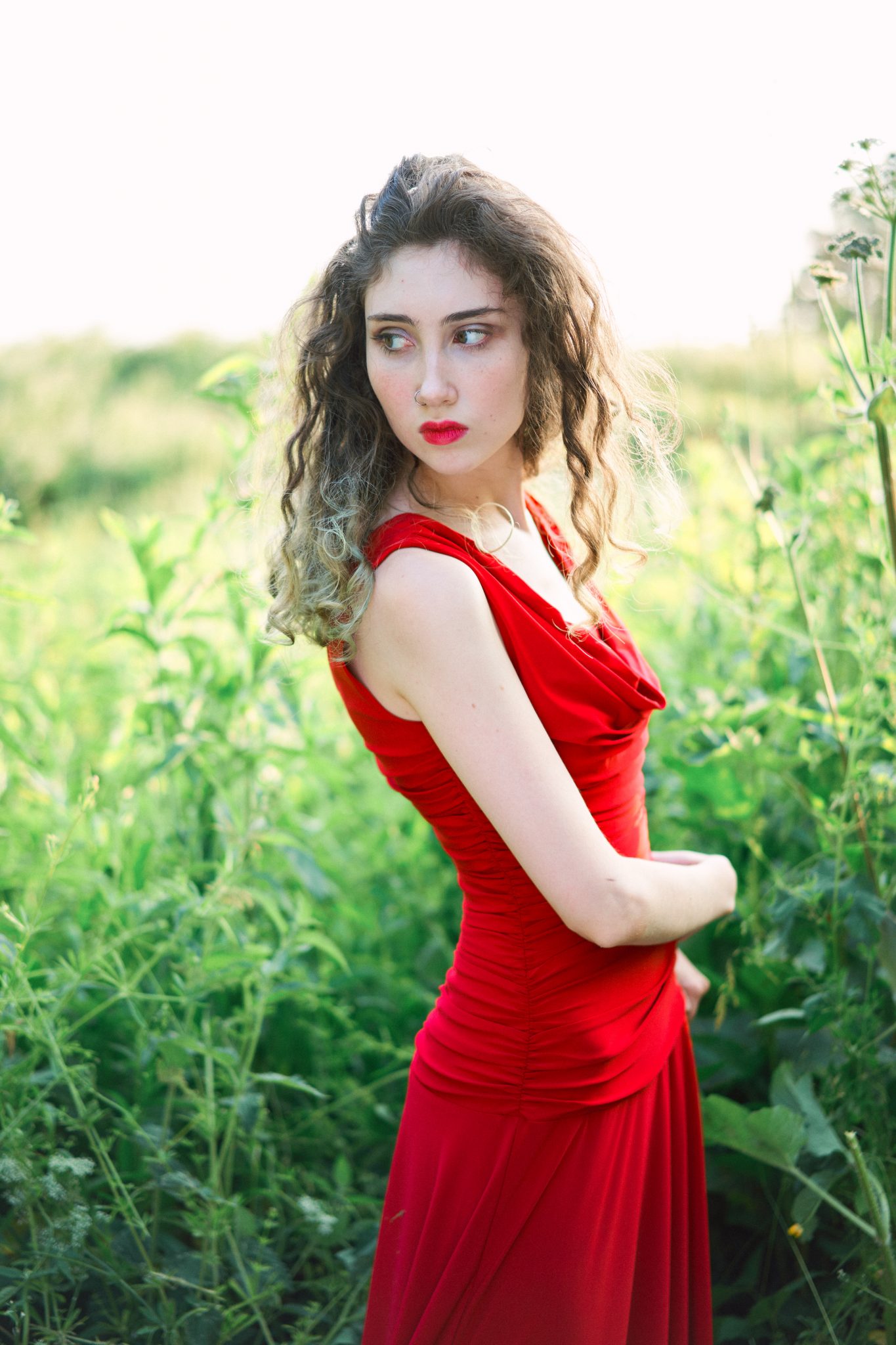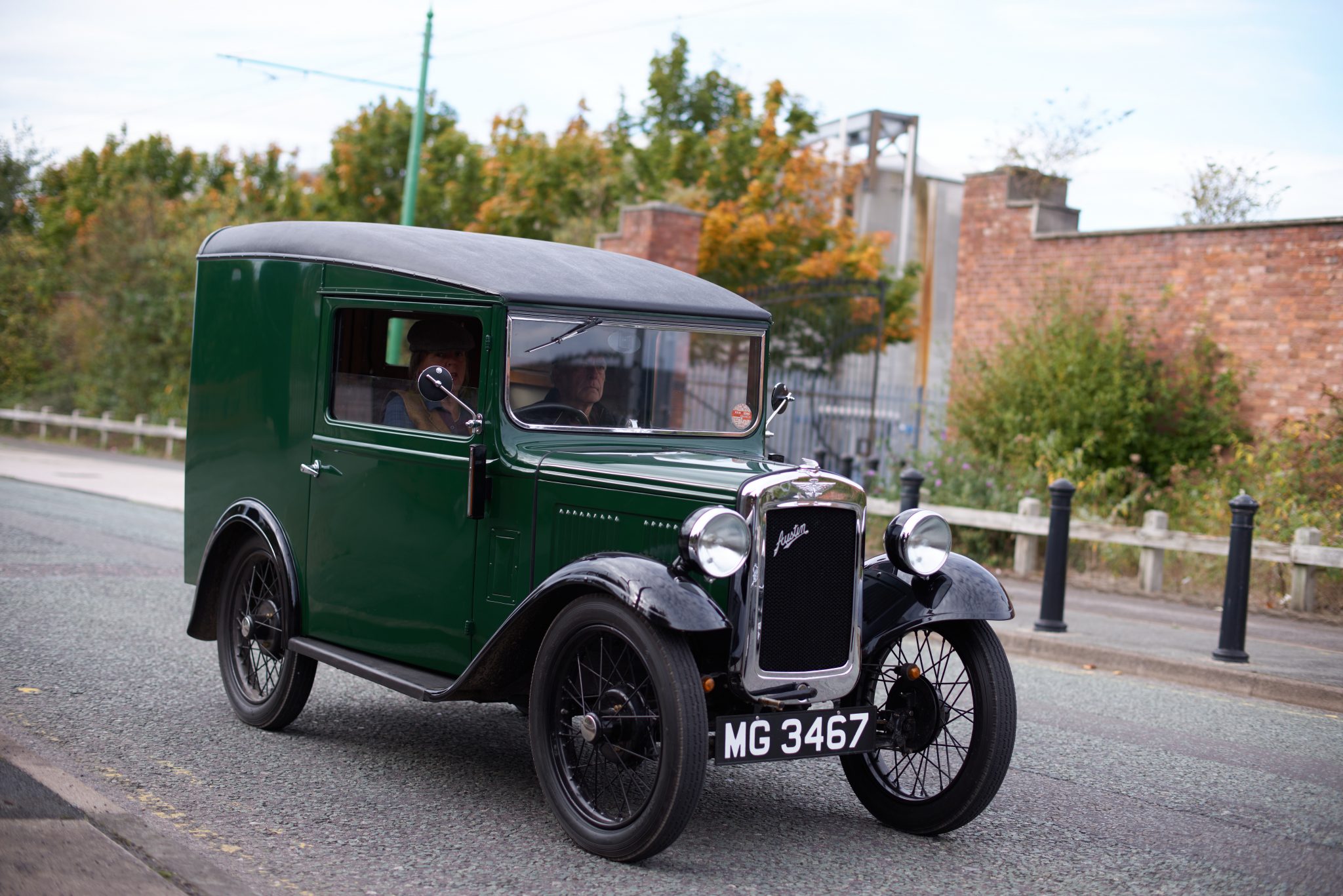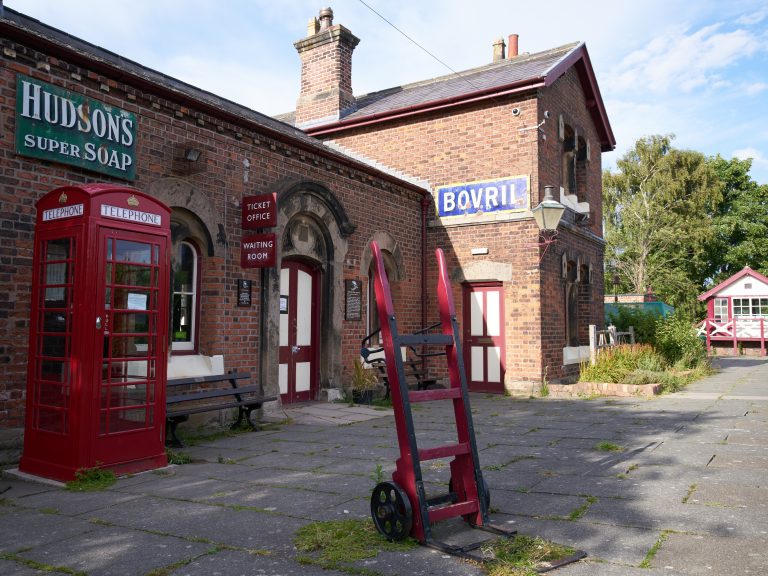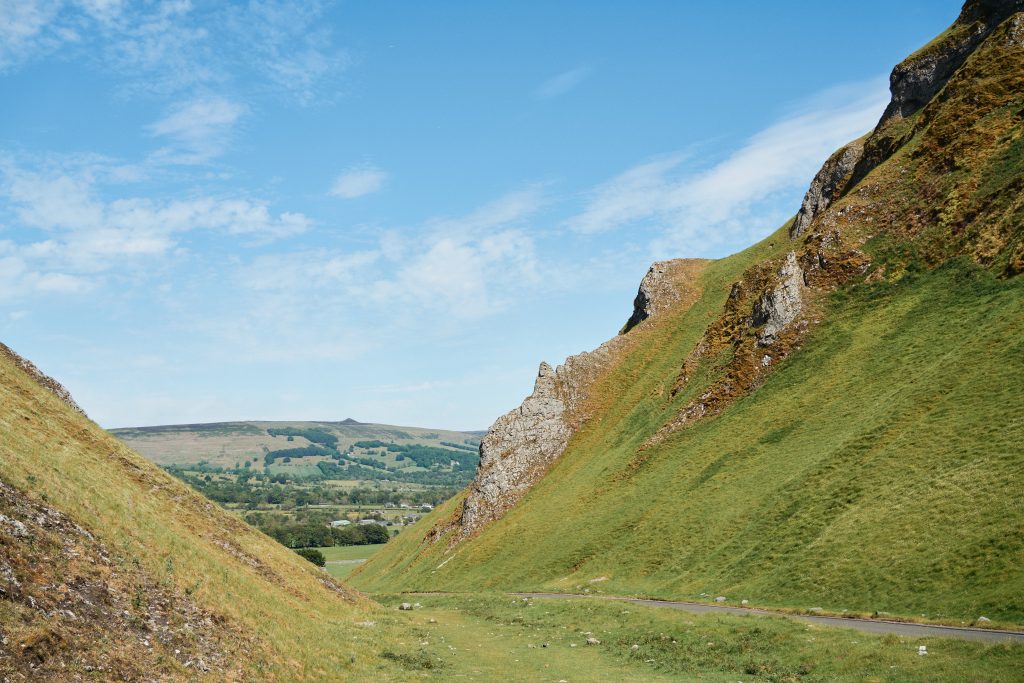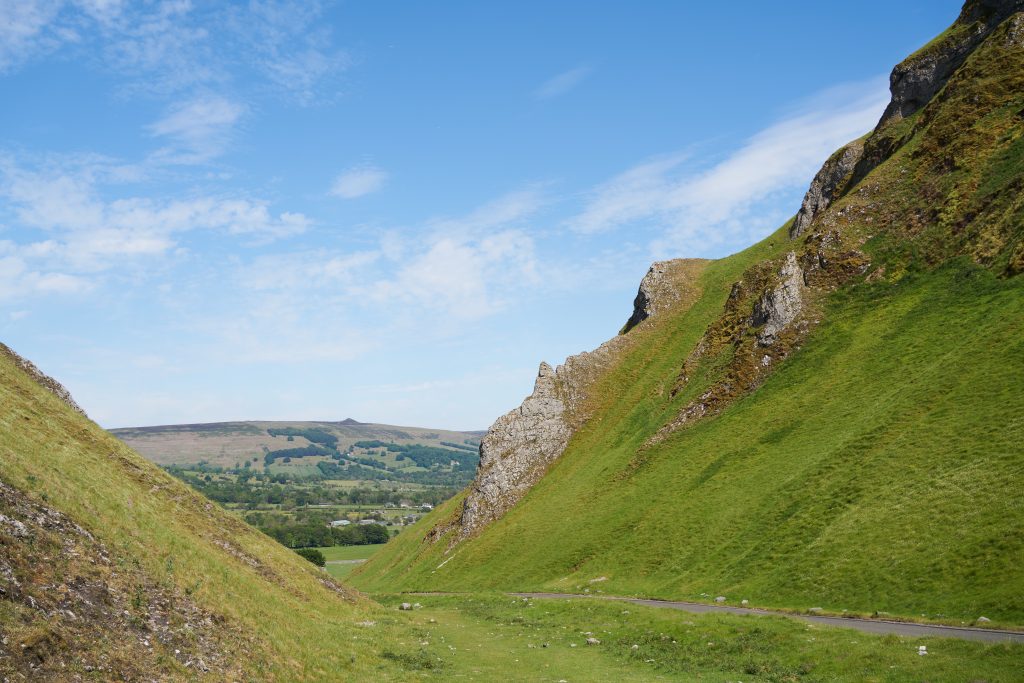£12.00
A legend comes to Capture One...
There’s a reason Kodachrome doesn’t show up often in preset makers’ portfolios – it’s really, really hard to get right. The fact it’s no longer possible to process it means a lot of the usual methods for making film styles simply can’t be done, it’s more of an art than a science. There’s not really been any accurate emulation that I’ve come across (though I hope this pack is a step in the right direction), but the real deal was developed for the last time in 2013, and it’s highly likely that’s all we’ll ever get.
Why did I call this pack ‘Imperfect’? Because I don’t think it’s possible to accurately emulate a film stock that spanned so many decades, used several different emulsions and processes, and is no longer available. I’ve done my very best to capture the look and feel of these iconic transparency films throughout the decades, however, and I hope you find these styles useful and versatile.
To keep things simple I’ve put the main presets in two folders – Clean and Grain. Exactly the same presets in both, the only difference is the grain versions have simulated film grain and softness, and the clean ones – unsurprisingly – don’t.
PS: A quick thanks to my late grandad John Gerard – a veteran of the D-Day landings and keen amateur photographer – for leaving behind a wonderful archive of Kodachrome slides from the 50s, 60s and 70s. I’ve spent many hours poring over these, scanning them and in some cases revisiting the same locations he shot, and that’s influenced my personal idea of the ‘Kodachrome look’. I hope I’ve done it justice!

